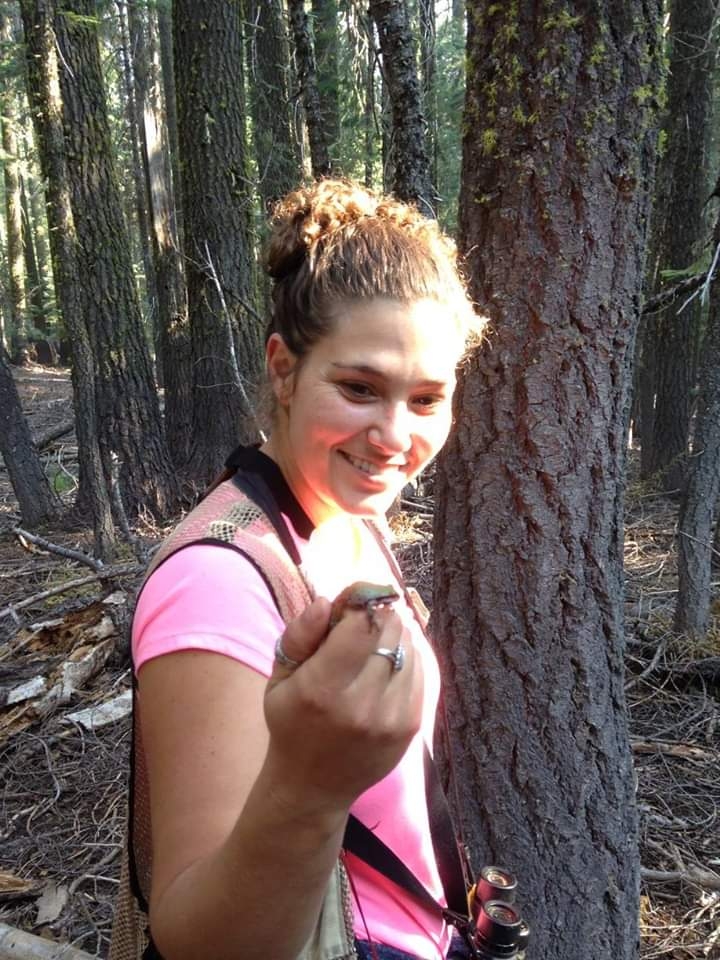
Toyon Trees Spread Winter Cheer.
Toyon Tree’s Spreading Winter Cheer
by Aida Rodriquez
As winter spirit floats through the air the Toyon tree’s magical red fruit ripen on its reaching branches. If you look close enough as you hike or stroll along our San Diego chaparral communities, you will see bunches of bright red fruit and evergreen leaves. Toyon trees (Heteromeles arbutifolia) are the state shrub of California and can be found in our local San Diego Coastal Sage Scrub all along the California coast. Their beauty and prevalence in the Los Angeles Hills inspired the name of the American cinema hub, Hollywood. These trees are also commonly known as Christmas Berry and California Holly due to their bright red fruit and deep green leaves that resemble the iconic romantic Christmas decorating tradition. Around this chilly time of year, they can be spotted while hiking along chaparral or oak woodland communities.
These trees prefer sandy soils and full to partial sun ranges along the coast of California. They are very easy to care for and take on a rounded form. Toyon’s blossom in the summer months and produce white rounded 5-petal flowers and fruit in the late fall and winter. Toyon are relatively drought resistant, fire resistant and are less flammable than other shrubs in their neighboring chaparral community. Their berries are botanically similar to tiny apples and are a part of the rose family, which contains other fruits like stone fruit, strawberries, and black berries. If you happen to catch a glimpse of their flowers during the springtime you will notice that these tiny blooms resemble miniature roses. Their fruit are popular among many bird species such as mockingbirds, cedar waxwings, and American robins. Larger mammals such as coyotes and bears are also attracted to their fruits. The trees themselves can reach nearly 18ft, providing great cover for nesting and native wildlife. They have also been known to grow very quickly and can extend up to 10 feet in 3 years given the right conditions. Toyon roots are sturdy and wide branched, making them excellent soil stabilizers.
Toyon trees also have huge cultural significance as they were eaten by most native American groups in Southern California. Their berries were collected when ripe and eaten raw as well as dried and made into jellies, cooked into cakes, or simmered into porridges. Toyon berries also contain medicinal properties that were used by many tribes to treat infected wounds and other ailments! Infusions were commonly made from toyon bark and leaves to alleviate upset stomachs and wash festering abrasions. Due to its cultural significance, Toyon is considered an indigenous tree and is a protected species in many cities in California under the Native Tree Protection Ordinances. These trees are easy to grow in home landscapes and remain glossy green year round. They make excellent large screening shrubs and hedging, with gorgeous white blooms that attract pollinators in the spring time and bright red berries that provide a food source for many different species of birds through the winter. Toyon are low maintenance, require minimal water, and are an excellent starter plant for beginner gardeners. Consider adding one of these culturally significant and festive trees in your home garden to enjoy year round!
For more information visit:
https://canopy.org/blog/tree-spotlight-toyon/
https://calscape.org/Heteromeles-arbutifolia-(Toyon)
https://www.pacifichorticulture.org/articles/drought-defying-california-garden/
Aida Rodriguez is an Outreach Associate at The Escondido Creek Conservancy.
A message from the Conservancy: We need your support. In giving to the Escondido Creek Conservancy you are helping Toyon trees and precious habitats in the Escondido Creek Watershed. To donate go to escondidocreek.org/donate. Now thru January 15, 2022, you can double your donation by giving to our Boulder Outlook campaign thanks to a $75,000 matching grant from Parker Foundation. For questions please contact [email protected].



